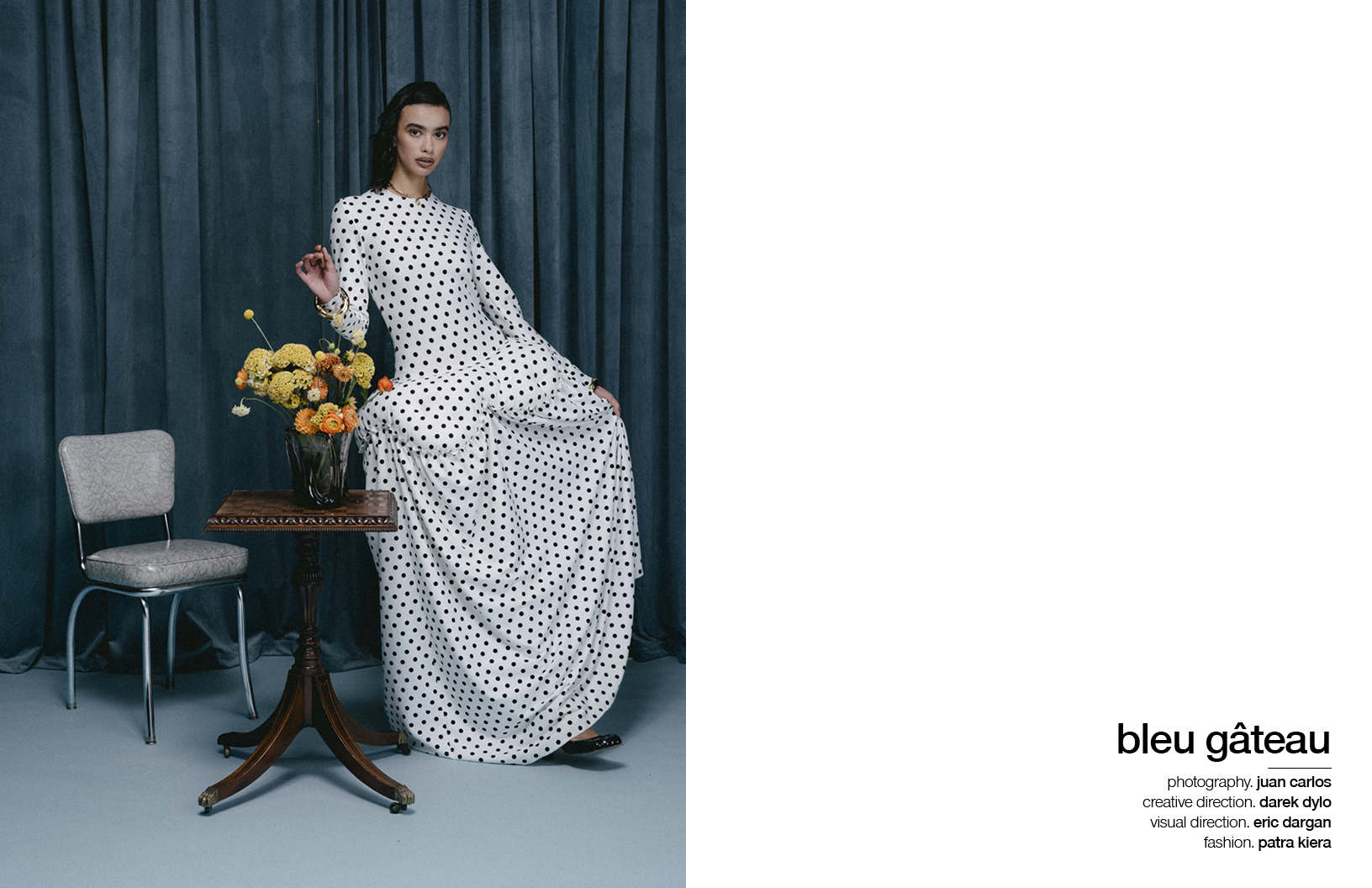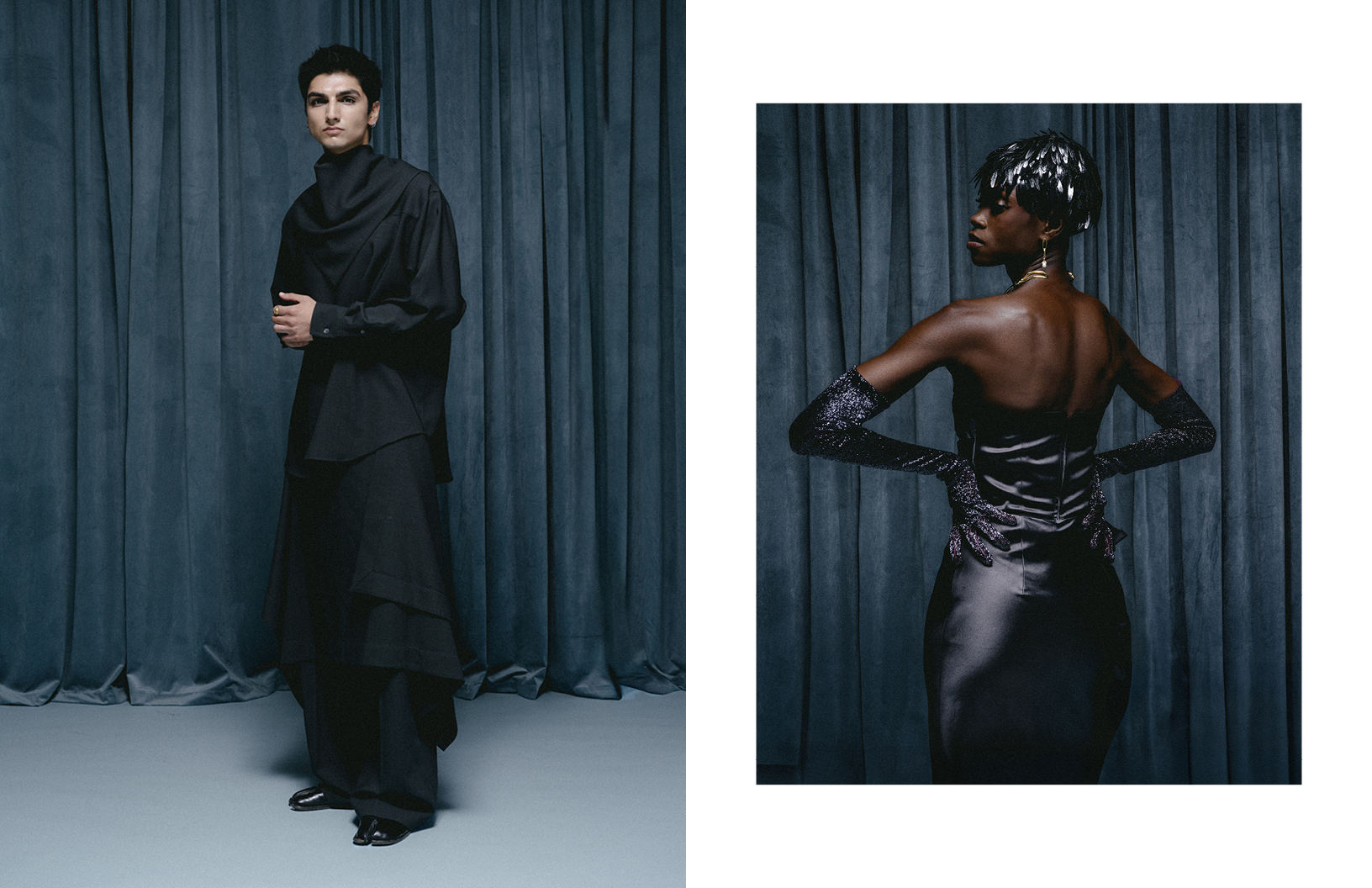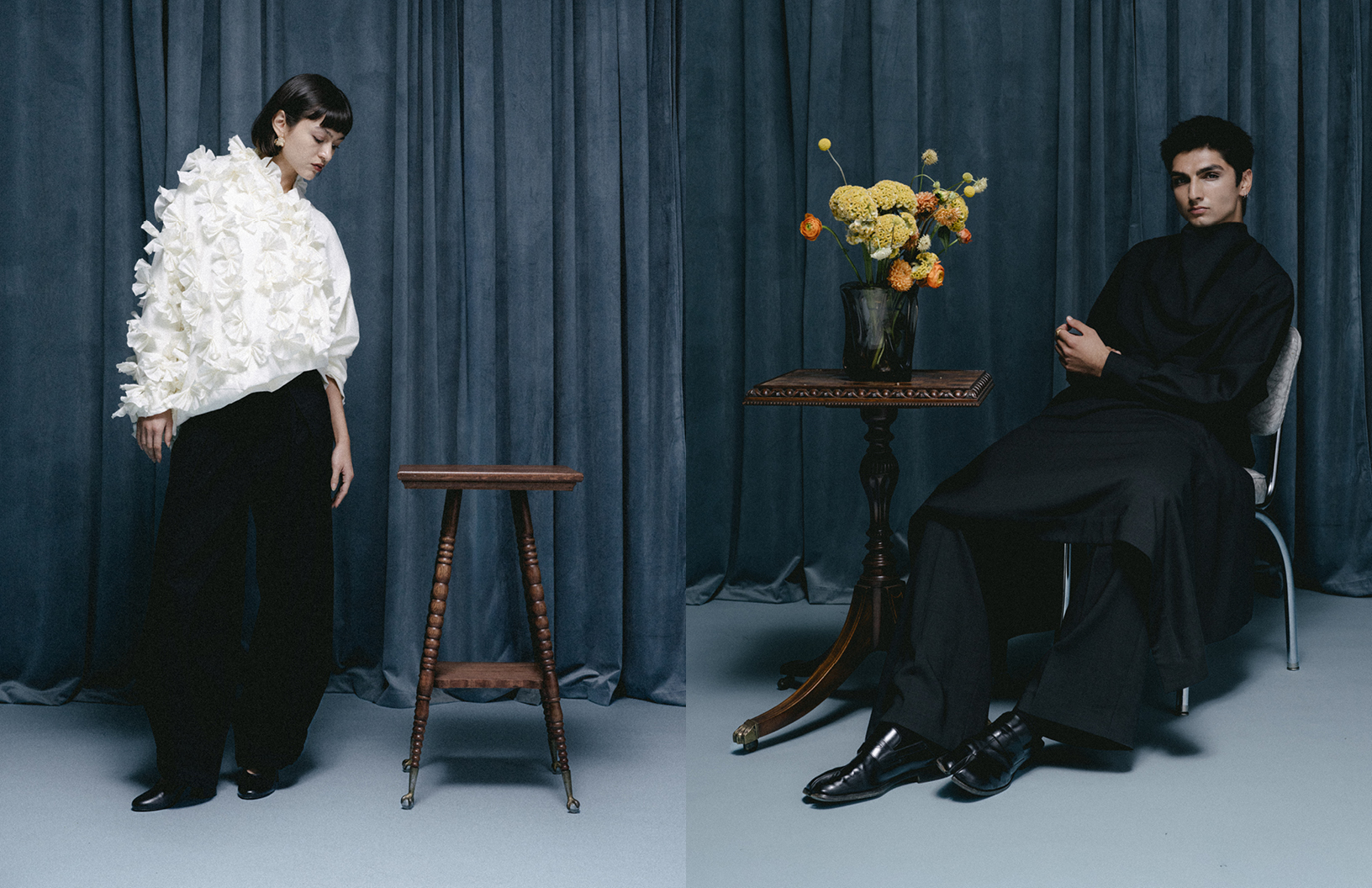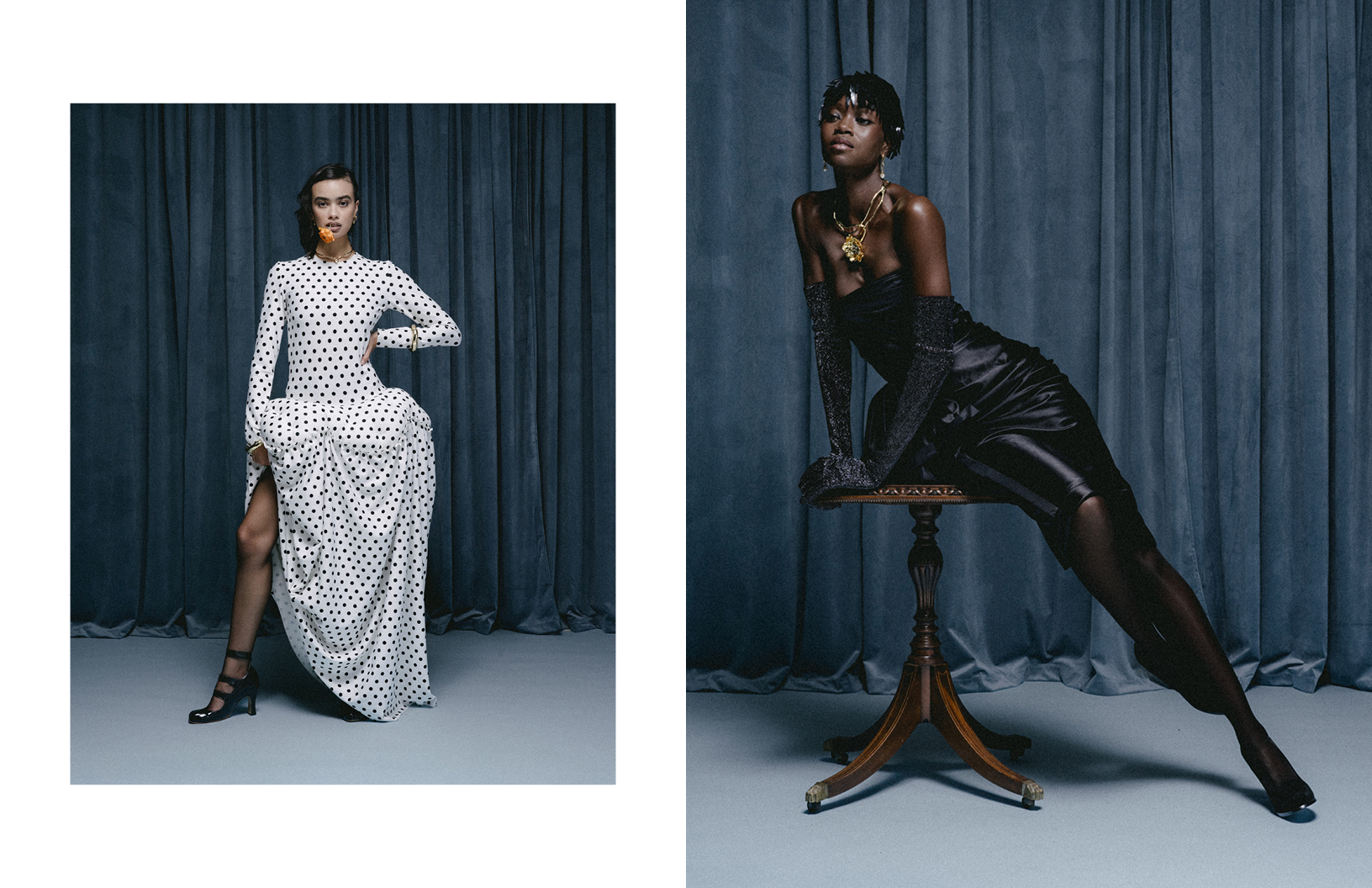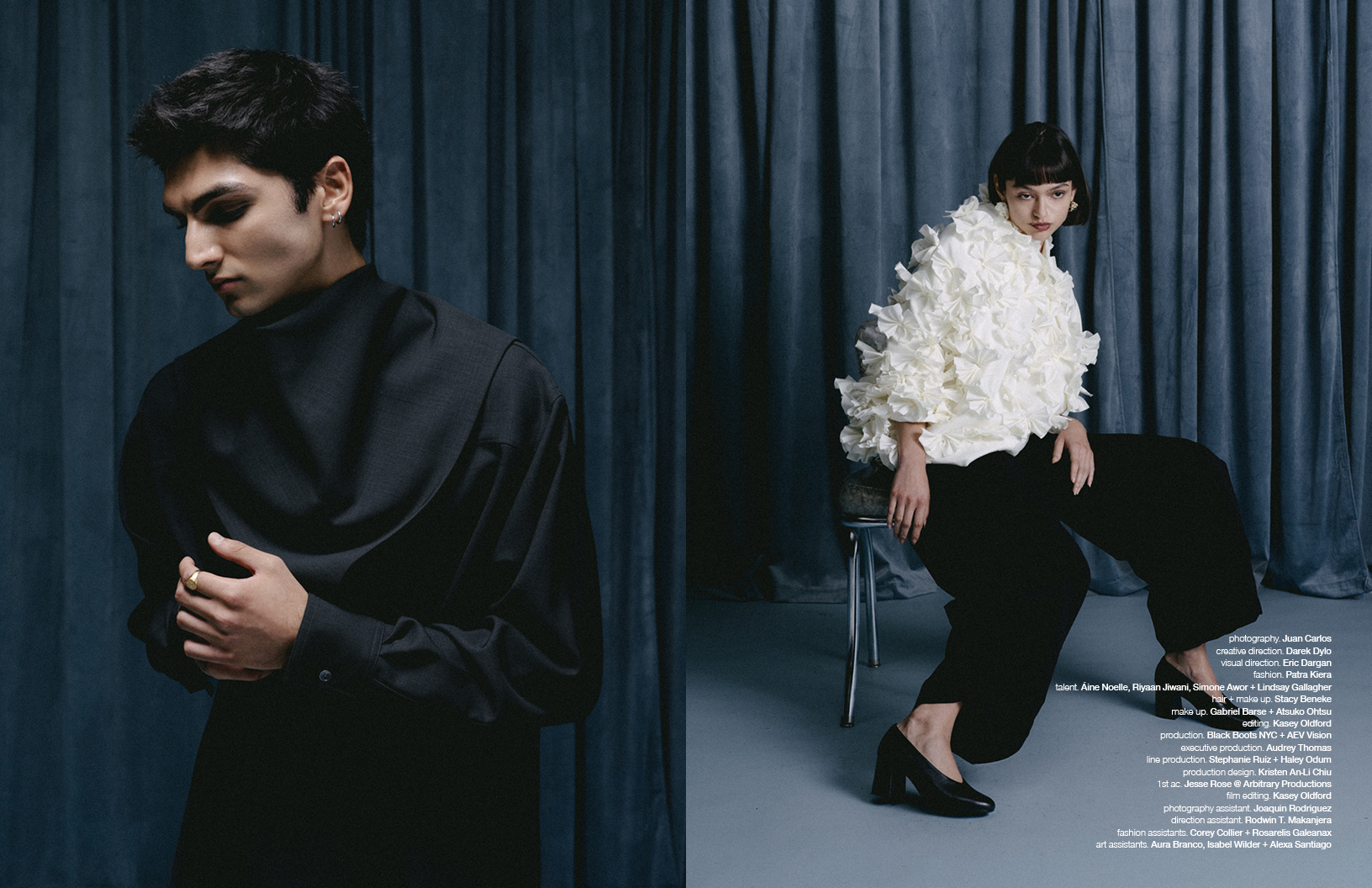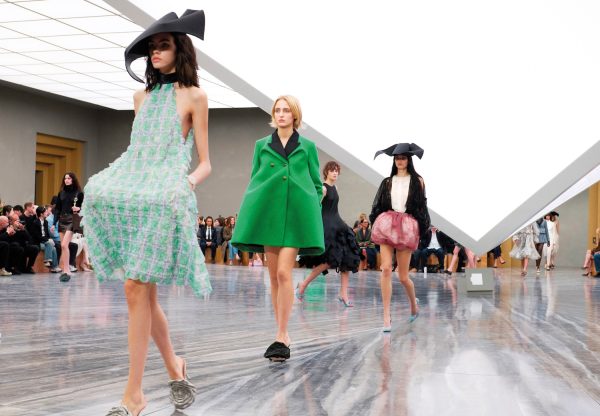 Nestled between the mountains and rivers of Andalusia in Southern Spain are a series of picaresque pueblos blancos (towns and villages of whitewashed buildings), with winding streets and pretty houses, churches and convents. But there is more here than meets the eye, for in one of these towns, a special sort of magic is being made. Ubrique, with a population of only around 17,000, may seem an unlikely setting, but this where many of the biggest global fashion houses choose to have their iconic handbags created.
Nestled between the mountains and rivers of Andalusia in Southern Spain are a series of picaresque pueblos blancos (towns and villages of whitewashed buildings), with winding streets and pretty houses, churches and convents. But there is more here than meets the eye, for in one of these towns, a special sort of magic is being made. Ubrique, with a population of only around 17,000, may seem an unlikely setting, but this where many of the biggest global fashion houses choose to have their iconic handbags created.
Ubrique has a long history of leather craft, but the artistry that happens here today takes place behind closed doors. Luxury labels have been mostly secretive about the manufacture of their highly coveted items and the artisans often sign non-disclosure agreements. But there are other, smaller, independent brands that have also recognised this incredible craftmanship and are proud to tell the world about it. Step in Strathberry, a Scottish, family-owned label, who took Schön! behind the scenes to discover the secrets of this hidden world.
 Leather workshops have existed in Ubrique since at least the mid-18th Century, but its relationship with this material is thought to go back much further. There are records suggesting it supplied the military two hundred years prior to that and, while humbly starting with tanning leather and making simple pouches for tobacco, by the early 20th Century, the town had become synonymous with the finest luxury leather goods. For example, in El Museo de la Piel (the leather museum), which is housed in a 17th Century Capuchin Monastery, you can see the prototype for the first Christian Dior suitcase.
Leather workshops have existed in Ubrique since at least the mid-18th Century, but its relationship with this material is thought to go back much further. There are records suggesting it supplied the military two hundred years prior to that and, while humbly starting with tanning leather and making simple pouches for tobacco, by the early 20th Century, the town had become synonymous with the finest luxury leather goods. For example, in El Museo de la Piel (the leather museum), which is housed in a 17th Century Capuchin Monastery, you can see the prototype for the first Christian Dior suitcase.
By then, the leather was being imported from elsewhere, the focus having shifted to the crafting of the final article itself. Hanging from the vaulted ceiling of the museum are a mass of small wooden tools called ‘patacabras’, each one donated by a retired artisan. Some are grouped together to indicate family connections, because here knowledge and skills have been passed down from generation to generation. Around half the population is involved in the manufacture of leather goods. Leather truly is the lifeblood of this little town.
However, during the financial crisis of the mid-2000s, some of the big brands abandoned Ubrique, turning to China for cheaper production, and the town’s long cherished industry was brought close to collapse.
In Ubrique, no corners are cut. Making such exquisite items requires time, patience and a true passion for the craft. The majority of this happens in small workshops with a handful of employees, but even the largest factories only have around 200 workers. While modern technologies, like digital pattern cutting, have sped up the process, nothing is automated. Most steps are still done manually (using traditional methods such as patacabras and marble slabs) by arguably the most skilled leather artisans in the field – something we witnessed first-hand during our visit. For example, each Strathberry bag takes on average around 20 hours to make. This is the opposite of fast fashion.
Because the quality speaks for itself, many of the big fashion houses returned to Ubrique, having learnt that their customers expect a standard that few other places can deliver. Today the town is the largest producer of luxury leather goods in the world but, to future proof its precious industry, the factories and workshops have started to offer smaller production runs to independent labels such as Strathberry. The relationships that these brands have with the factories is very personal, involving multiple visits and close consultation.
Strathberry founders and husband-and-wife team Guy and Leanne Hundleby see the artisans as very much part of their own team. “We work very closely with our workshops, and we are so proud to be supporting this industry and showcase it on an international level,” says Guy. “It’s easy to forget how many stages go into the making of one bag and how much attention to detail is behind every piece. We get reminded of this every time we’re back in the workshops and see our craftsmen and women bringing Strathberry designs to life.”
 Strathberry was founded in Edinburgh in 2013 but was thrust into the limelight when Megan Markle was first captured with one of its bags in 2017. It’s since been seen on the arms of HRH The Princess of Wales and Katie Holmes, amongst others, and there have been collaborations with the likes of Sarah Jessica Parker. But the story of Strathberry began in Spain. The Hundlebys discovered the artisans of Andalusia while living there with their four children and were inspired to create a brand with impeccable attention to detail, but at a more affordable price point. The bags have been likened in quality to those retailing for three to four times as much, but that’s hardly surprising given that they are made in the same factories.
Strathberry was founded in Edinburgh in 2013 but was thrust into the limelight when Megan Markle was first captured with one of its bags in 2017. It’s since been seen on the arms of HRH The Princess of Wales and Katie Holmes, amongst others, and there have been collaborations with the likes of Sarah Jessica Parker. But the story of Strathberry began in Spain. The Hundlebys discovered the artisans of Andalusia while living there with their four children and were inspired to create a brand with impeccable attention to detail, but at a more affordable price point. The bags have been likened in quality to those retailing for three to four times as much, but that’s hardly surprising given that they are made in the same factories.
“Our products are produced in limited runs and designed to be cherished for years to come,” explains Leanne. “In supporting the work of talented and skilled artisans, we aim to promote a more conscious and sustainable approach to fashion. We love that we are able to offer customers a product so carefully designed and beautifully made.”
So, next time you think about purchasing a luxury leather bag, check the label. If it reads ‘Made in Spain’, it could very well be made in the magical pueblo blanco of Ubrique.
Read more about Strathberry here.
words. Huma Humayun
images. Courtesy of Strathberry




























































